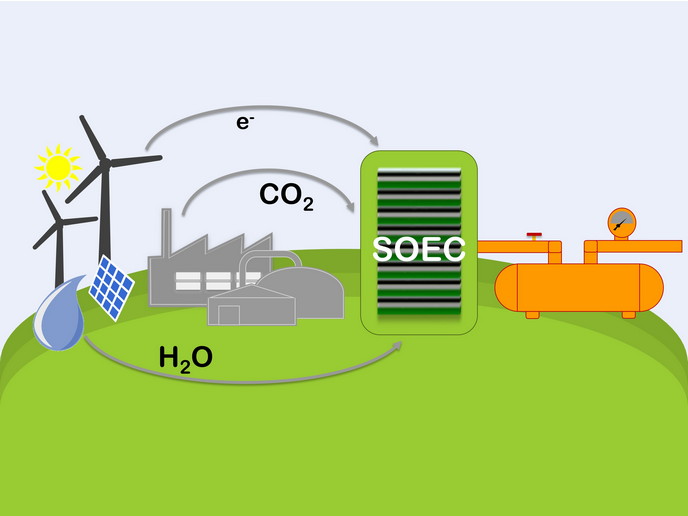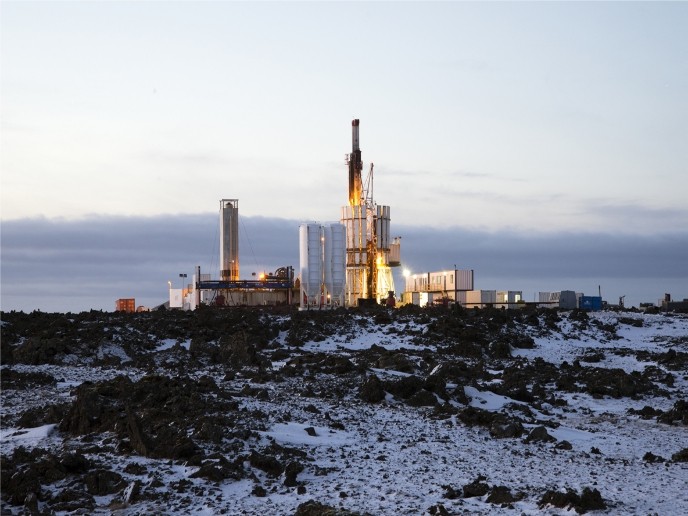One step closer to green hydrogen with promising new catalyst
Future energy needs could be based on hydrogen as the energy carrier. Potential applications range from vehicles including cars, boats and trains to homes and industrial processes. When hydrogen is produced from renewable power sources, it is a clean fuel: its transformation in a fuel cell produces only water. Solar energy can be stored in the form of hydrogen fuel by splitting water into hydrogen and oxygen in a process called electrolysis. The oxygen evolution reaction (OER), which forms the key reaction in this process, requires catalysts. Enabling the large-scale production of solar hydrogen will require the development of efficient and robust catalysts using inexpensive materials.
A tenfold performance increase
The FANOEC (Fundamentals and Applications of Inorganic Oxygen Evolution Catalysts) project, supported by the European Research Council (ERC), has opened up new prospects in this field by identifying a catalyst which ticks all the boxes. “We discovered a bifunctional iron-nickel catalyst that outperforms the benchmark catalyst by about tenfold,” explains Xile Hu, professor of Chemistry at the Swiss Federal Institute of Technology in Lausanne and FANOEC principal investigator. The newly discovered catalyst can be easily prepared and exhibits long-term stability. Its bifunctional mechanism, which involves two cooperative active sites, increases the catalyst’s activity, thereby improving its overall performance.
Deep understanding
While metal oxides have long been known to hold potential as OER catalysts, our knowledge of how this works exactly has so far been limited. FANOEC’s team of researchers has been able to achieve a deep understanding of OER on metal oxides at the molecular level, and to develop better catalysts based on this understanding: “The project has delivered some of the best catalysts which might be used in future devices,” Hu remarks. To get there, the team developed several new tools to improve our grasp of the molecular functioning of OER catalysts. Based on these insights, they delivered new synthetic methods and described key design principles for efficient OER catalysts.
Towards next-generation devices
Their results open the way for improving electrolysers and eventually making them fit for large-scale development. These water-splitting devices are currently still too costly and difficult to scale up, Hu points out. The project has made an important contribution to overcoming these hurdles: “It provides knowledge and even a candidate catalyst for use in next-generation electrolysers.” Together with his colleagues, he is currently looking into new ways to integrate catalysts into electrolysers and to develop more efficient devices. There is, however, still lots of work to do before we could see green hydrogen fuels hit the market, Hu says: “To make large-scale carbon-neutral production of hydrogen a reality, additional system optimisation and research, as well as academic-industry collaborations are needed.”
Keywords
FANOEC, hydrogen fuel, oxygen evolution reaction, OER, catalyst, metal oxide, solar energy, electrolyser







